Watch Cyberpunk 2077's RT Overdrive Mode Bring An RTX 4090 To Its Knees Without DLSS
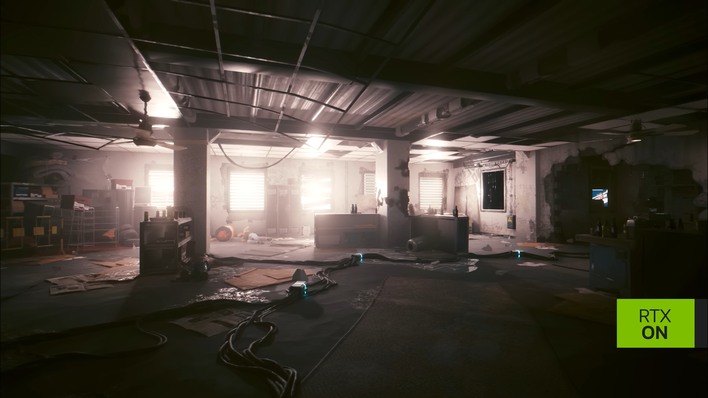
Polish developer CD Projekt Red seems to be among the few game publishers of decent size that understand the PC market: once you release a game, it doesn't vanish from the market after a few weeks, months, or even years. It stays in shops, and people will continue to buy it if there's a reason to do so, like the major technology updates that have hit The Witcher 3 and Cyberpunk 2077 since their respective releases.
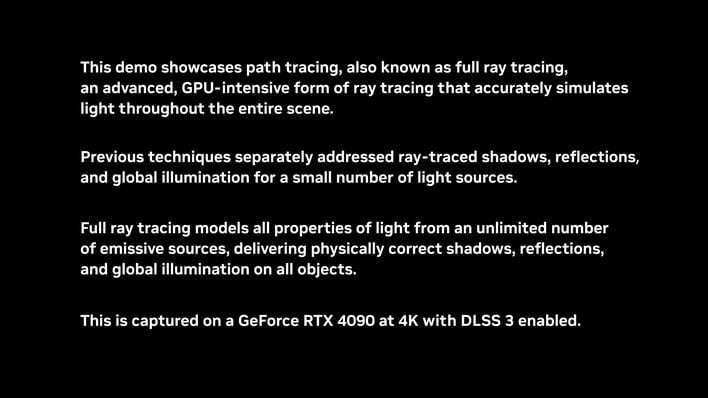
To tell you the truth, Cyberpunk 2077 can already bring a GeForce RTX 4090 to its knees in its "Psycho" ray-tracing mode. That mode is really just one step removed from the "RT Overdrive" mode that is releasing on April 11th. "Psycho" ray-tracing uses RT effects for ambient occlusion, shadows, and global illumination, but the RT Overdrive mode is taking the idea to its logical conclusion by performing every last lighting and shadow calculation using ray-tracing.
In other words, rather than being a special lighting effect applied only to certain lights by the game developer, lighting in RT Overdrive mode is fully simulated by "modeling all properties of light" from "an unlimited number" of lights. That doesn't just include streetlamps and neon signs, but even tiny light sources like a burning cigarette, as well as reflected lighting bouncing off of surfaces.
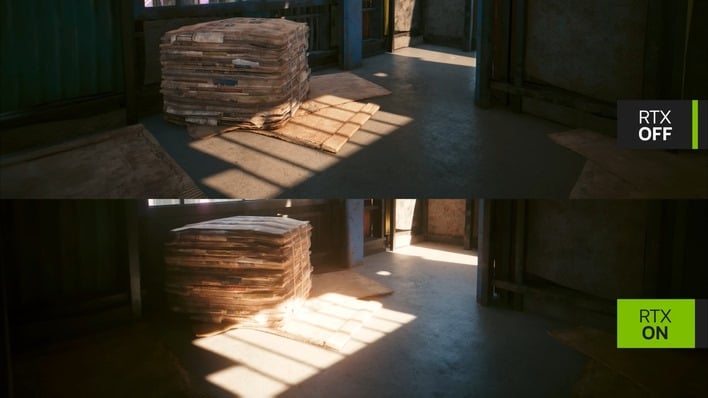
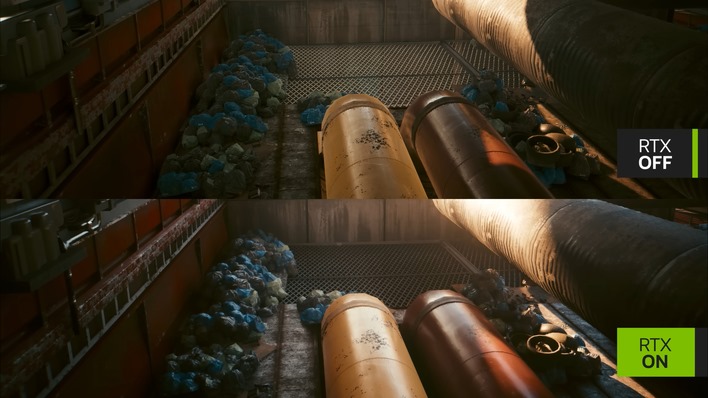
The comparison video released on the official NVIDIA GeForce YouTube channel seems to compare the game without any ray-tracing at all against the new RT Overdrive mode to emphasize the difference, and that's sort-of unfortunate, as we'd like to see it compared against the game with "Psycho" ray-tracing to see the difference there. It will assuredly still be quite significant.
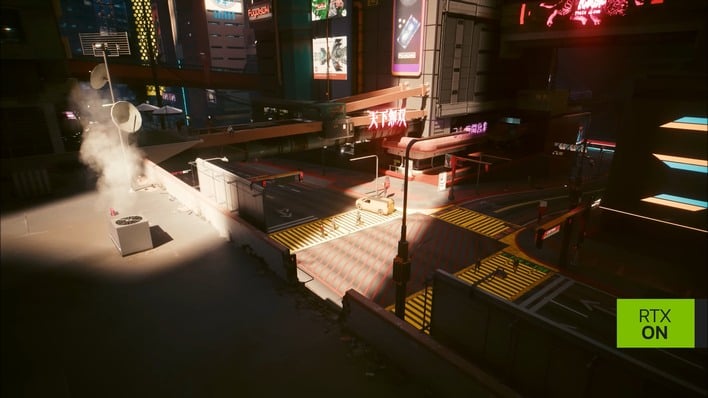
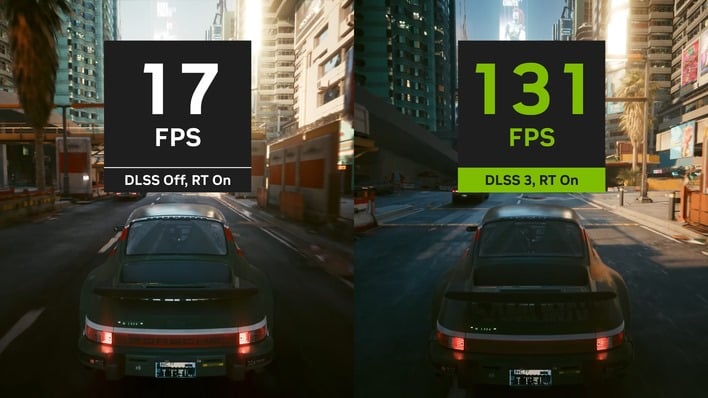
Indeed, as you might expect, this is going to come with an even larger performance penalty than the game's current ray-tracing options. In NVIDIA's own video, the framerate drops into the teens when trying to play this mode on a mighty GeForce RTX 4090 in 4K resolution. However, enabling DLSS Super Resolution upscaling as well as DLSS 3 Frame Generation apparently takes the same daytime street scene from about 17 FPS to over 120.
While the video promotes DLSS 3, we actually suspect that the largest part of the performance uplift here is coming from DLSS Super Resolution, as the performance of ray-traced effects scales in a worse-than-linear way with screen resolution. Frankly, it's incredible that the RTX 4090 can even run this mode at all in native 4K UHD.


